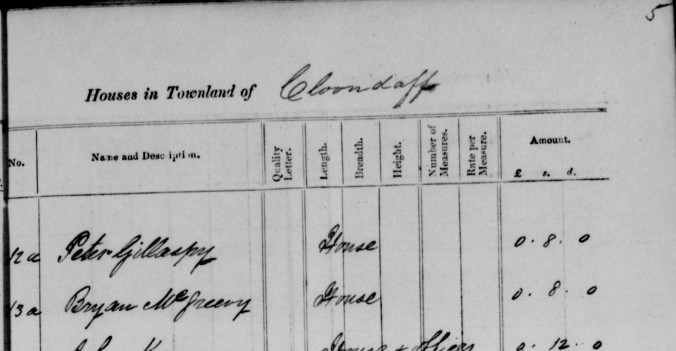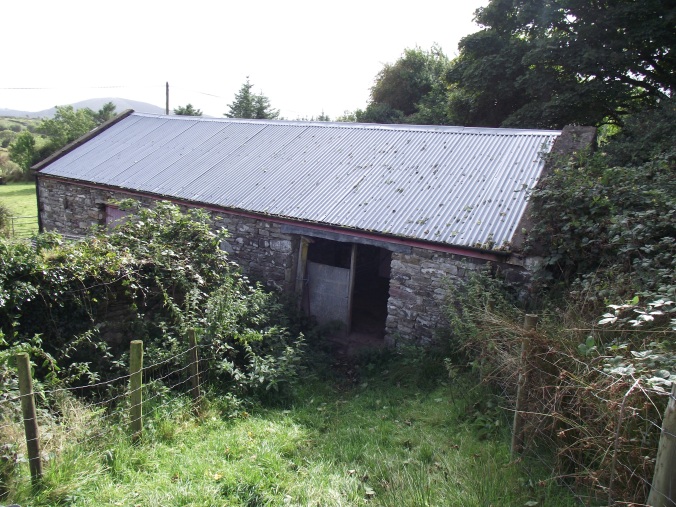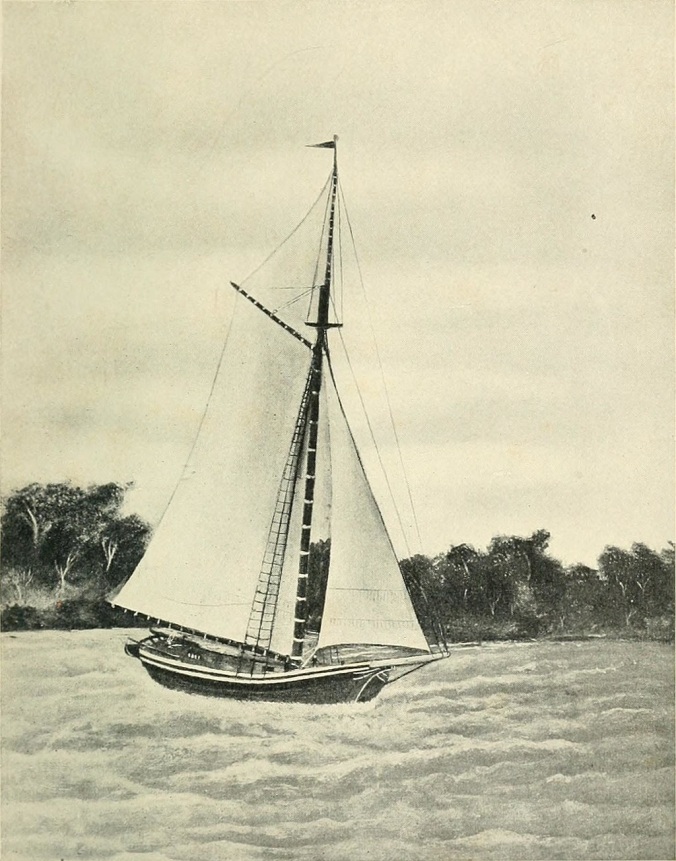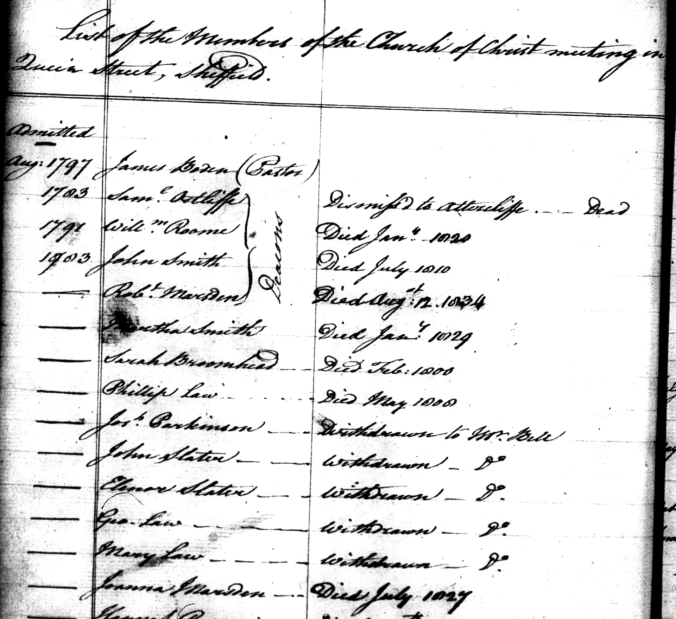I learned about the Salem Witch Trials of 1692 as a child and wondered if I had any ancestors who were affected, but I assumed there was no way to know. When I began my family history research in 2002 I found that both of my parents had deep roots in the area, so that their ancestors inevitably participated in the crisis. Looking only at direct ancestors the following people were involved:
John Putnam (1627-1710) and Rebecca Prince (c. 1630-1704) who married in Salem in 1652 are two of my mother’s 8th great grandparents. They both signed a petition in defense of accused witch Rebecca (Towne) Nurse, affirming with 37 neighbors that “we have known her for many years and according to our observation her life and conversation was according to her profession [as a Christian] and we never had any cause or grounds to suspect her of any such thing as she is now accused of.” In spite of all the people who defended her—at some risk to their own safety—Rebecca Nurse was executed 19 Jul 1692.
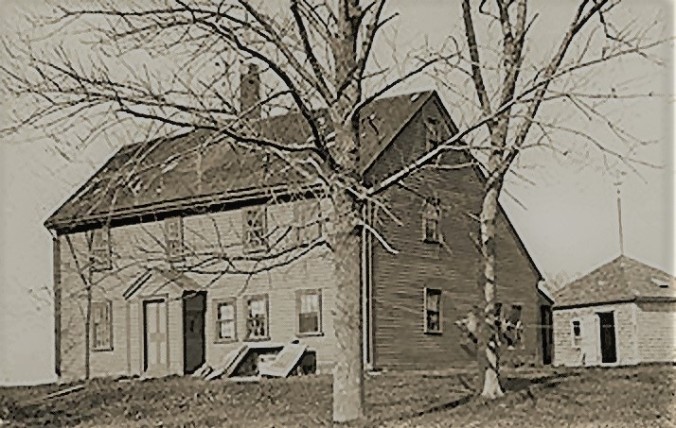
The home of Francis and Rebecca Nurse.
John and Rebecca also deposed that their former minister George Burroughs behaved very badly during the nine months in 1680 when he and his wife were guests in their home. This must have been an uncomfortable period because according to their testimony “he was a very sharp man to his wife” even though she was good to him. They said that at one point Burroughs wanted his wife to sign a statement that she would never reveal his secrets, which makes you wonder what were those secrets? George Burroughs was executed 19 Aug 1692.
John’s brother Nathaniel Putnam (1619-1700) is another of my mother’s 8th great grandparents, and wrote his own letter in defense of Rebecca Nurse, saying she “hath brought up a great family of children and educated [them] well, so that there is in some of them apparent s[avor] of godliness.” He was also a participant in a very strange inquest, in which he and 11 other men determined that Daniel Wilkins died of “some cruel hand of witchcraft or diabolical art” after noting that he had many puncture wounds, bruises and contusions.

Nathaniel Putnam Sr.’s statement on behalf of Rebecca Nurse. From the Salem Witchcraft Papers at the Massachusetts Historical Society online at the University of Virginia’s website.
Andrew Elliott (1627-1704) and Henry Herrick (1640-1703) were jurors. Each is a 9th great grandfather to my mother, and both signed the Declaration of Error after the trials. In this moving document the jurors expressed their deep remorse, saying “we fear we have been instrumental, with others, though ignorantly and unwittingly, to bring upon ourselves and this people of the Lord the guilt of innocent blood.”

Indicted witches Anne (_____) Foster (c. 1617-1692), her daughter Mary (Foster) Lacey(1652-1707), and her daughter in turn Mary Lacey Jr. (1674-?) lived in Andover. Though the crisis originated in Salem Village (now Danvers), it quickly spread to neighboring areas. They are my father’s ninth, eighth and seventh grandmothers respectively.
Anne was the 75 year old widow of Andrew Foster. She was arrested in July 1692 on “spectral evidence”: Two of the so-called “afflicted girls” claimed they had seen Widow Foster’s specter tormenting Elizabeth Ballard of Andover. As had become typical, charges then dogpiled, and the accused was presumed guilty and harshly examined in the hope they would confess and also implicate other “witches.”
Under duress Anne did provide a very colorful (and inconsistent) confession, saying among other things that she had bewitched a neighbor’s hog to death, that she rode to a large witches’ meeting on a stick, and that she used poppets (small effigies) to injure people. She spent 21 weeks in Salem’s jail, dying there 3 Dec 1692. Her son Abraham had to pay £2 10s in expenses in order to retrieve her body. In 1710 he petitioned the court to clear her name.
Anne’s daughter Mary (Foster) Lacey and granddaughter Mary Lacey, Jr. also confessed, providing many dramatic details concerning local Satanic activities. Mary Lacey, Sr. was convicted at her trial 17 Sep 1692 but reprieved when the crisis abated. Mary Lacey Jr. was released on a bond dated 6 Oct 1692 with everything winding down before she could be tried. Like many others, she eventually left the area, marrying Zerubbabel Kemp in 1704 and settling with him in Groton, Massachusetts, where she was able to join the church in 1707.

By Tim1965 (Own work) [CC BY 3.0 (Creative Commons)], via Wikimedia Commons

